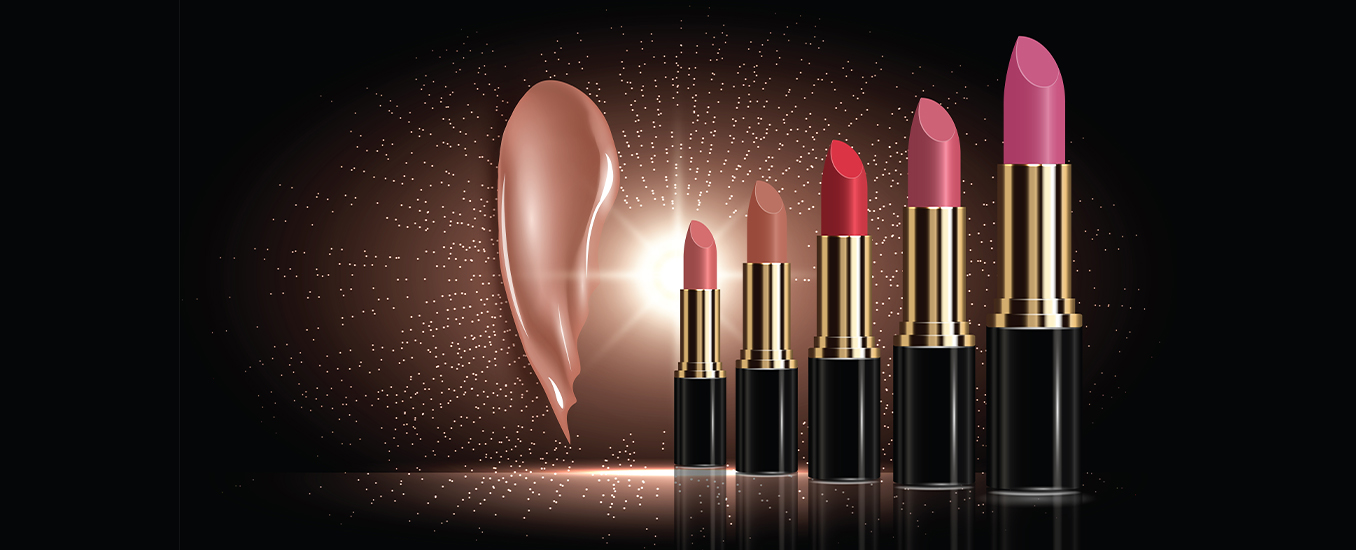
Color in Brand Identity
Color is important. So important, in fact, that 62-90% of assessment is on color alone. Color is known to have a significant impact on human moods. In this article we examine The consumer brand connection with uniqe imaging colors. Sophisticated psychological reactions are well-documented in Color Theory. The science of how people react to colors and color combinations- Red for anger, aggression and passion, for example, or green for environment friendliness, or black for mystery and power, etc. “Warmer” shades represent “lively” emotions- excitement, uplifted spirits, boldness, happiness etc. While “cooler” shades represent calm, serious emotions. Brands use specific colors and color combinations to evoke emotions. That are in line with their positioning and help them build stickiness with the right set of customers.
The consumer brand connection with color comes from three clear strategies- Dominate, Be Unique, or Create a Killer Combination.
Dominating a color
Logo and brand color exercises begin with marketers asking themselves what the colors are supposed to represent. In some cases it is about the emotions they proactively wish to evoke- Apple’s White represents Premium simplicity and purity. The same emotions the company wants its customers to feel about its products. In other cases, the color is about practical applications. For instance, the British brand JCB uses a bright yellow to mark its heavy earthmovers. In both cases the brands in question have come to dominate their respective spaces to the extent that in consumers’ minds the colors have become “iconic” and are deeply associated with those brands. Consumers would reject other brands using those colors as “imitations” and actually feel negatively about them. Such is the power of dominating a color.
Adopting a Unique Color
A great strategy to stand out in a crowd is to adopt, or even invent a great looking color so your product is easy to spot on a crowded shelf. Some new colors are yearly phenomena, inspired by influencer trends like Pantone’s yearly “Color of the Year” releases (“Viva Magenta” is 2023’s Color of the Year). These colors become visible in all sorts of products with 2-3 year lives, like clothes, accessories, cellphone cases, etc.
However, long term associations need colors with more staying power. Ever heard of PMS 484 or Pantone 2865c? You may know them by their brand associations- Coke Red and Cadbury’s Purple. These colors use proprietary shades of popular colors like Red and Purple with simplistic associations to “excitement” and “aristocratic luxuriousness”, but with just enough difference in tone to become unforgettable.
Great Combinations
Just as primary and secondary colors evoke certain emotions and memories. The color combinations consisting of two or more colors evoke very different, complex emotions. Brands use distinctive color combinations that are emotionally powerful as well as distinctive. We also have to mention Coke here again. While KU Red is the Coke Red, Coke’s actual brand logo and most of its official lettering is a Red & White combination. By controlling both the foreground and background, Coke can exact only the particular reaction it wants from its audience, without leaving anything to chance. I recently did a rebrand of all its product lines to be “KU Red” (the iconic Coke Red) centric, and distinct from the “Blue/Black/Red” scheme of Pepsi. Other effective color combos include Red on Yellow (Burger King), Black on Yellow (Caterpillar), Blue on White (Twitter), Green & Yellow (Subway), etc.
Controlling the Image Creation Process
Brands take colors and color combinations very seriously. Thus the image editor i.e. post-production artist is as important to brand protection as to cost streamlining via blemish removal, color correction, and even creative editing from raw images for a variety of media, from glossy magazine covers to T-shirts. Working with global image editing powerhouses like Manipal Digital makes a lot of sense because they are usually very cost effective for just a few, or millions of images a year. However this backend support that lets brands focus on the creative work necessary to spark consumers’ interest and create long term advantage for themselves.
Bibliography



